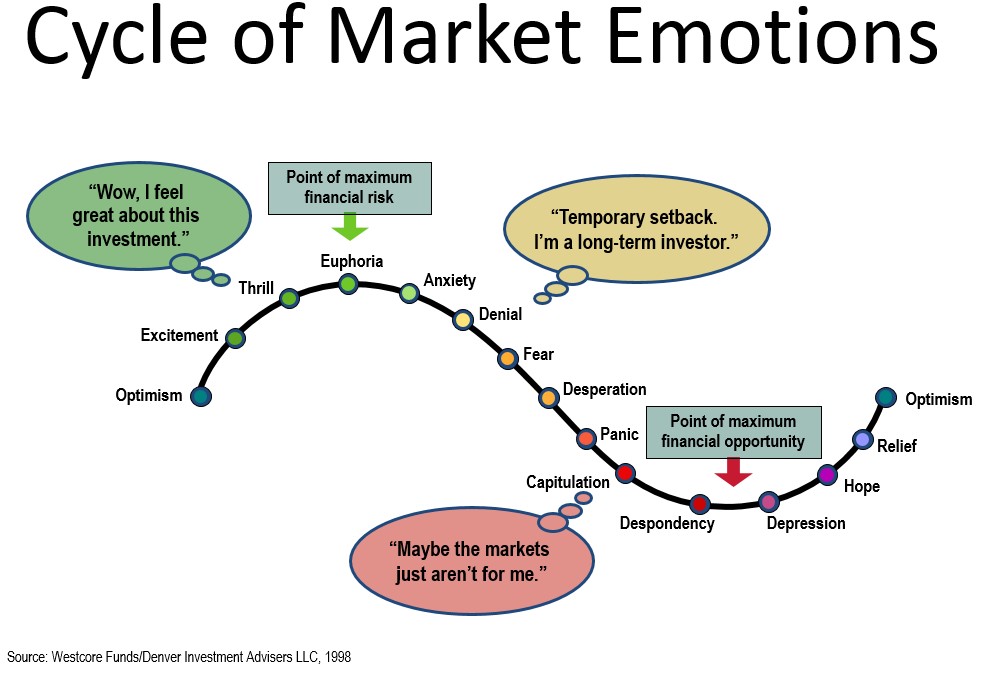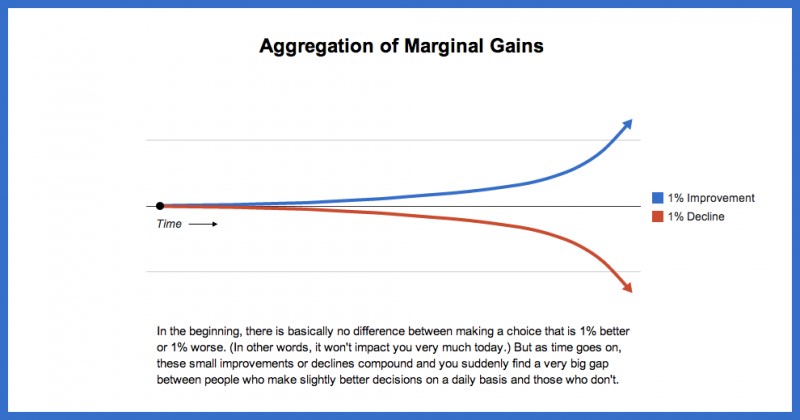The U.S. Department of Labor just released its long-awaited fiduciary rule. The new rule aims to protect consumers saving in retirement accounts by amending the definition of fiduciary. The rule, in the pipeline for several years, applies to IRA, 401k, 403b and other retirement accounts that fall under the Employee Retirement Income Security Act (ERISA). Advisers and Brokers giving advice on investments in retirement accounts will now be required to act in the client’s best interest, i.e. when they offer advice on investment products in retirement accounts they must provide impartial advice and avoid conflicts of interest. Prior to this, they were only required to sell “suitable” investments to clients. While the rule does make a gallant effort to protect consumers, it also gives many concessions to commission sales-focused advisers. The rule implementation timeline was extended to January 1, 2018 (causing many to argue this simply gives more time for large companies to fight the rule); the rule also allows brokers to continue to sell certain products as long as they enter into a legal contract with the consumer that, among other things, discloses any conflicts of interest. How many consumers will read and understand such contracts? The rule has received considerable opposition from large investment firms, mainly those in the industry who are heavily sales-focused. Their major complaints revolve around new compliance regulations and the fact that the rule will dramatically alter their former commission based-sales approach. The prior “suitability” rule has no requirement to put the consumer’s best interest above the advisor’s interests.
While many in the financial services industry are upset by the new rule, others, like Bluestem, welcome the new consumer protections and are thrilled that the DOL is making an effort to help protect individuals saving for retirement. As a Fiduciary, Registered Investment Advisor, Bluestem always has and always will put our client’s best interest first. We are proud to be a fee-only financial planning firm and will continue to offer unbiased advice and stellar service to all of our clients. While other firms need regulatory nudging to get on board with fiduciary standards, we live by them every day. In fact, the financial planning organizations we belong to, NAPFA and ACP, believe that the new rule is a step in the right direction to add much needed consumer protections.
So how does this DOL rule affect Bluestem? In a nutshell, it doesn’t. It’s very possible that there may be some new regulatory compliance procedures for us, but in the big picture, Bluestem isn’t making any changes. Bluestem is passionate about fee-only, no product sales, financial planning. It’s this passion for fee-only planning that has kept us on the right side of this issue from the beginning. While others will be clamoring to further water down the new rule or put up a fight to protect their outdated and biased way of offering “financial advice”, Bluestem will continue our efforts to provide trusted, clear-cut advice and spread the word about our professional fee-only alternative to product sales masquerading as financial planning.




 us, getting organized to complete our annual Income Tax Return is a chore. We would prefer to expend the minimum amount of effort to get the job done. Luckily, many records such as income figures are provided to us by others (W-2’s, 1099’s etc). In addition, minimizing your taxes due often involves documenting charitable gifts for itemized deductions. Maximizing the benefits from those charitable gifts does require a bit more work on your part.
While you may be aware that you need to keep records to deduct charitable gifts you make, you may not realize that it is fairly common not to receive IRS-compliant documentation from nonprofit organizations. Therefore, it is up to you to know the rules yourself and confirm you receive the correct documents. Below is an outline of what to keep when you make Charitable Gifts (by donating Cash, Check, via Credit Card, etc):
For Gifts under $250:
You need to have a record showing the name of the organization, date and amount of the contribution. One or the other of these will work:
us, getting organized to complete our annual Income Tax Return is a chore. We would prefer to expend the minimum amount of effort to get the job done. Luckily, many records such as income figures are provided to us by others (W-2’s, 1099’s etc). In addition, minimizing your taxes due often involves documenting charitable gifts for itemized deductions. Maximizing the benefits from those charitable gifts does require a bit more work on your part.
While you may be aware that you need to keep records to deduct charitable gifts you make, you may not realize that it is fairly common not to receive IRS-compliant documentation from nonprofit organizations. Therefore, it is up to you to know the rules yourself and confirm you receive the correct documents. Below is an outline of what to keep when you make Charitable Gifts (by donating Cash, Check, via Credit Card, etc):
For Gifts under $250:
You need to have a record showing the name of the organization, date and amount of the contribution. One or the other of these will work:




 Action 2: Request credit reports from at least one of the three Credit Reporting Agencies. Review your report for any lines of credit that you don’t recognize. The report will have instructions on disputing your account if needed. Reports may be accessed for free at
Action 2: Request credit reports from at least one of the three Credit Reporting Agencies. Review your report for any lines of credit that you don’t recognize. The report will have instructions on disputing your account if needed. Reports may be accessed for free at 





 Paper versus Electronic account statements:
Paper versus Electronic account statements:



